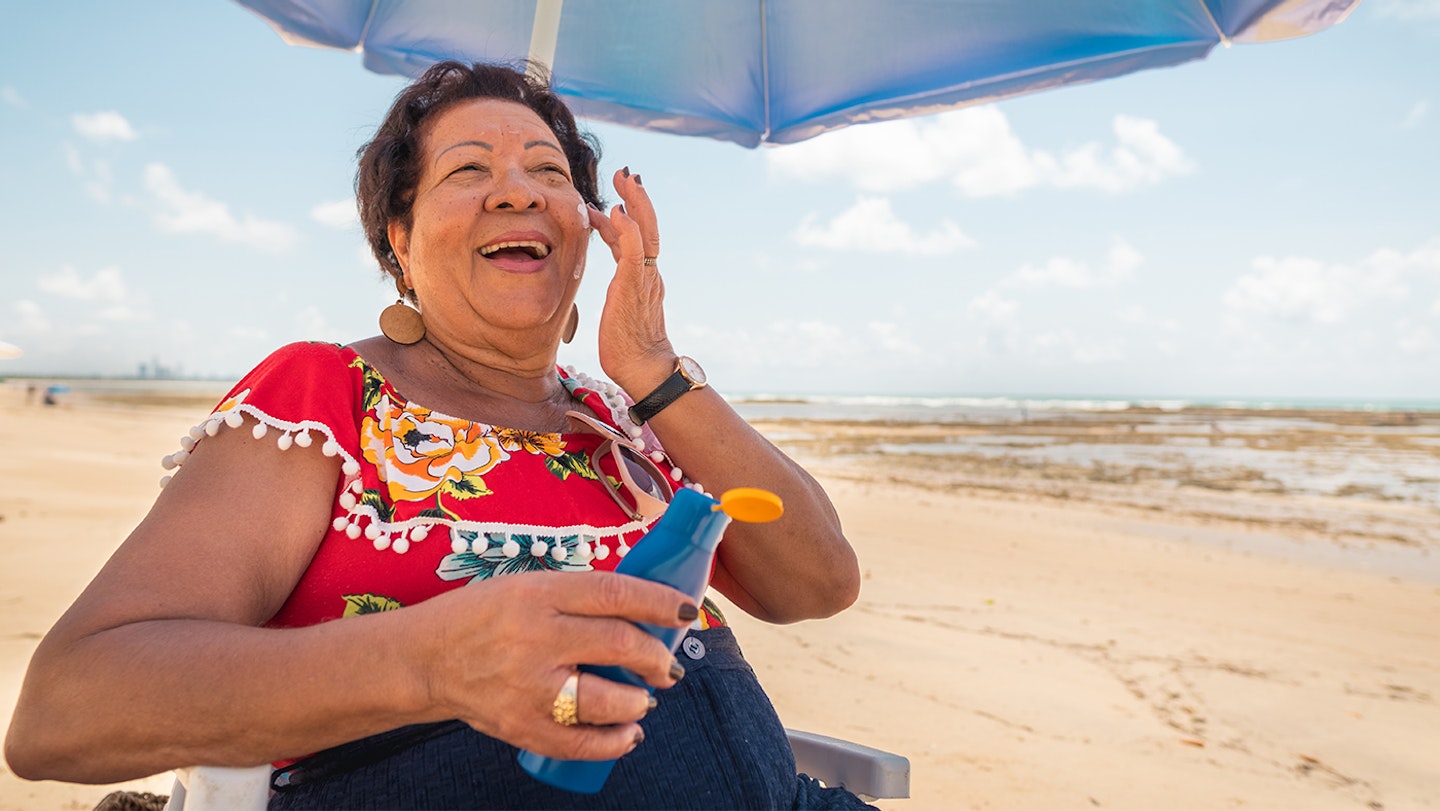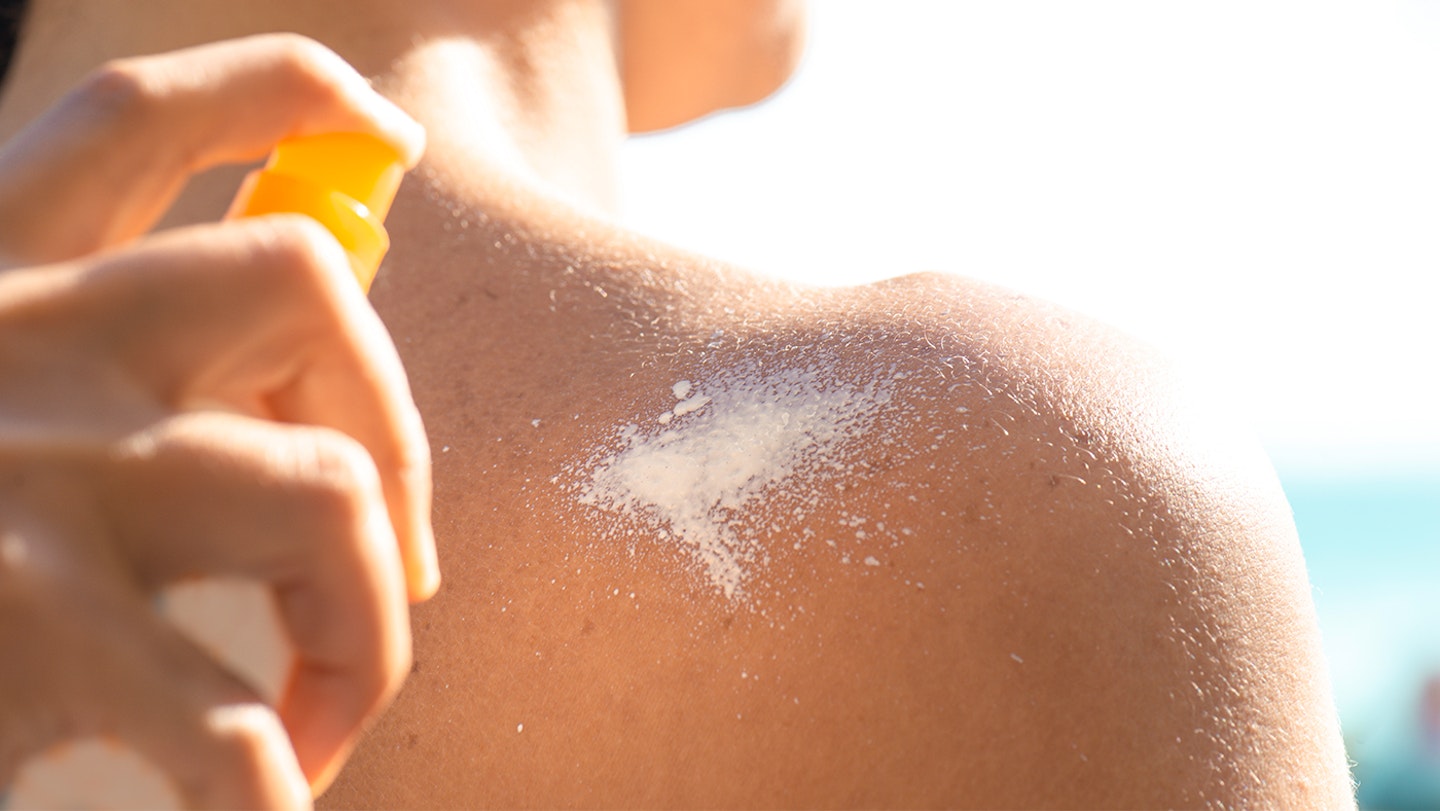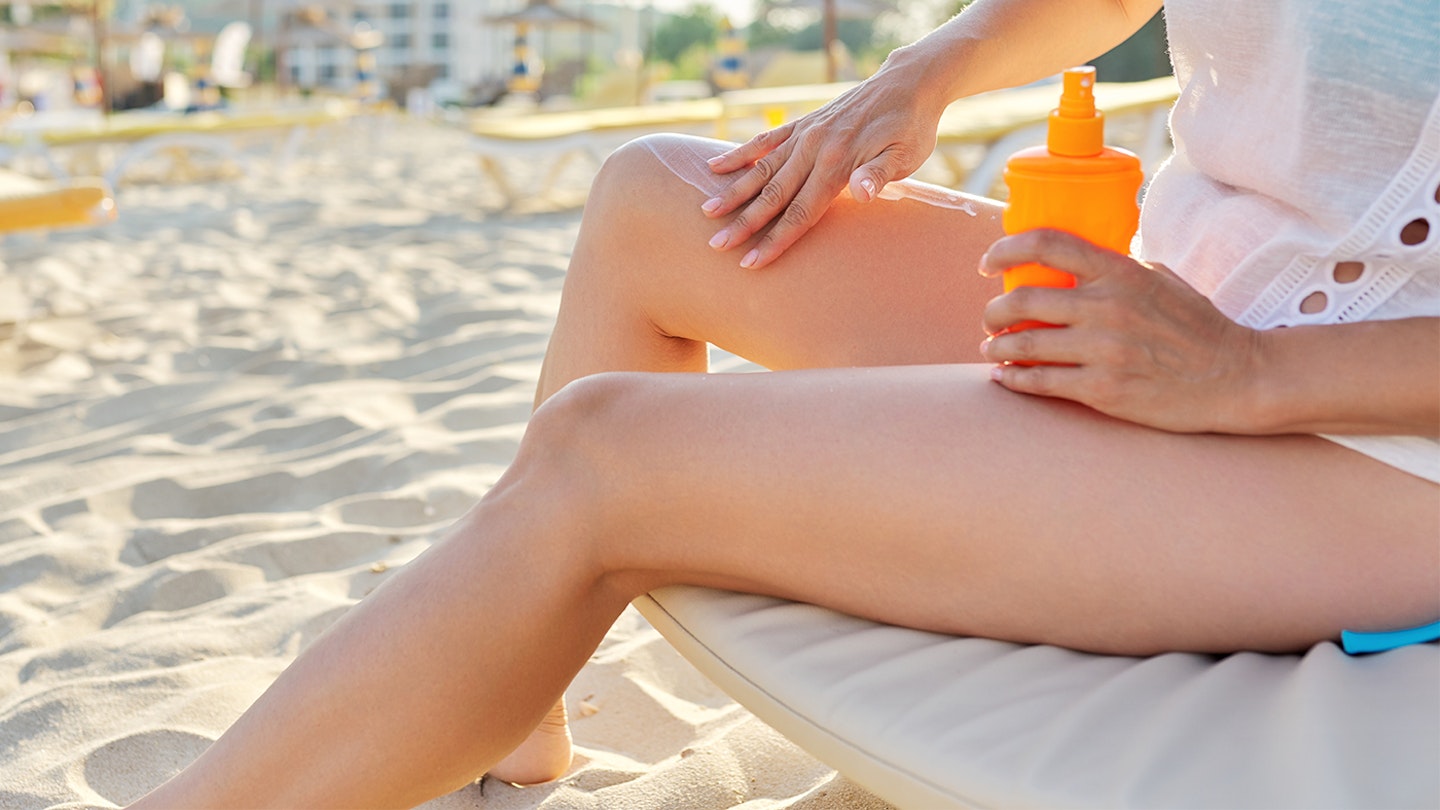We all know how important wearing sunscreen is, but if you've ever wondered what exactly SPF is, you're not alone. We spoke to Dr Catherine Borysiewicz, Consultant Dermatologist at the Cadogan Clinic, to find out more.
What is SPF?
SPF is an acronym for Sun Protection Factor and it measures the amount of ultraviolet (UV) radiation required to cause sunburn, compared to unprotected skin.
What does the SPF number mean?
The higher the SPF factor, the better the protection. SPF is a scientific measure and is calculated by dividing the amount of sun radiation required to make the skin go red with sunscreen on, compared to without it. E.g. if it takes skin which has sunscreen applied 300 seconds to slightly redden, and 10 seconds to slightly redden without it, the equation would be 300 divided by 10 = SPF 30. It would take your skin around 30 times longer to burn with sun protection, than without it.
It’s important to note that sunscreen will not give full protection, UV radiation can still penetrate the skin. SPF only gives an indication of UVB protection, not UVA.
Remember to reapply sunscreen regularly throughout the day and do not trust claims of ‘once a day application’ products

UVA and UVB rays explained
UV rays damage skin cells by causing mutations in their DNA.
UVB: The SPF on your sunscreen label refers to the level of protection from UVB. UVB is thought to be most responsible for sunburn and has strong links to melanoma and basal cell skin cancers.
UVA: Skin also needs protection from UVA which is able to cause the same cancer-causing damage to your cells and actually penetrates deeper into the skin layers, making it the culprit for causing photoaging damage – fine lines and wrinkles. UVA protection level is usually listed as a 5* or UVA shield rating on the product packaging.
Blue Light or High Energy Visible Light (HEVL) is the light that is all around us and can also cause damage to our skin, so protection is also important, especially for people struggling with areas of hyperpigmentation, age spots and melasma.
How does SPF protect your skin against UV rays?
Sunscreens have two modes of action:
Firstly, chemical or ‘absorber’ sunscreens have chemicals contained within the cream ‘absorb’ harmful UV radiation like a sponge.
Secondly, reflective sunscreens which contain titanium dioxide or zinc oxide which work by reflecting back the UV from the surface of the skin like a mirror. Newer reflective sunscreens have used nano-particle technology to make the reflective agents smaller and easier to apply to the skin and less likely to leave white streaks.

What SPF sunscreen should I wear?
There are so many different formulations and multi-functioning products on the market, so it’s very easy to find a product to suit all skin types that can easily complement the beauty routine. Remember the higher the factor, the better the protection. Ensure it offers broad-spectrum protection and look for UVA 5* and a minimum SPF 30+ (50 ideally!).
